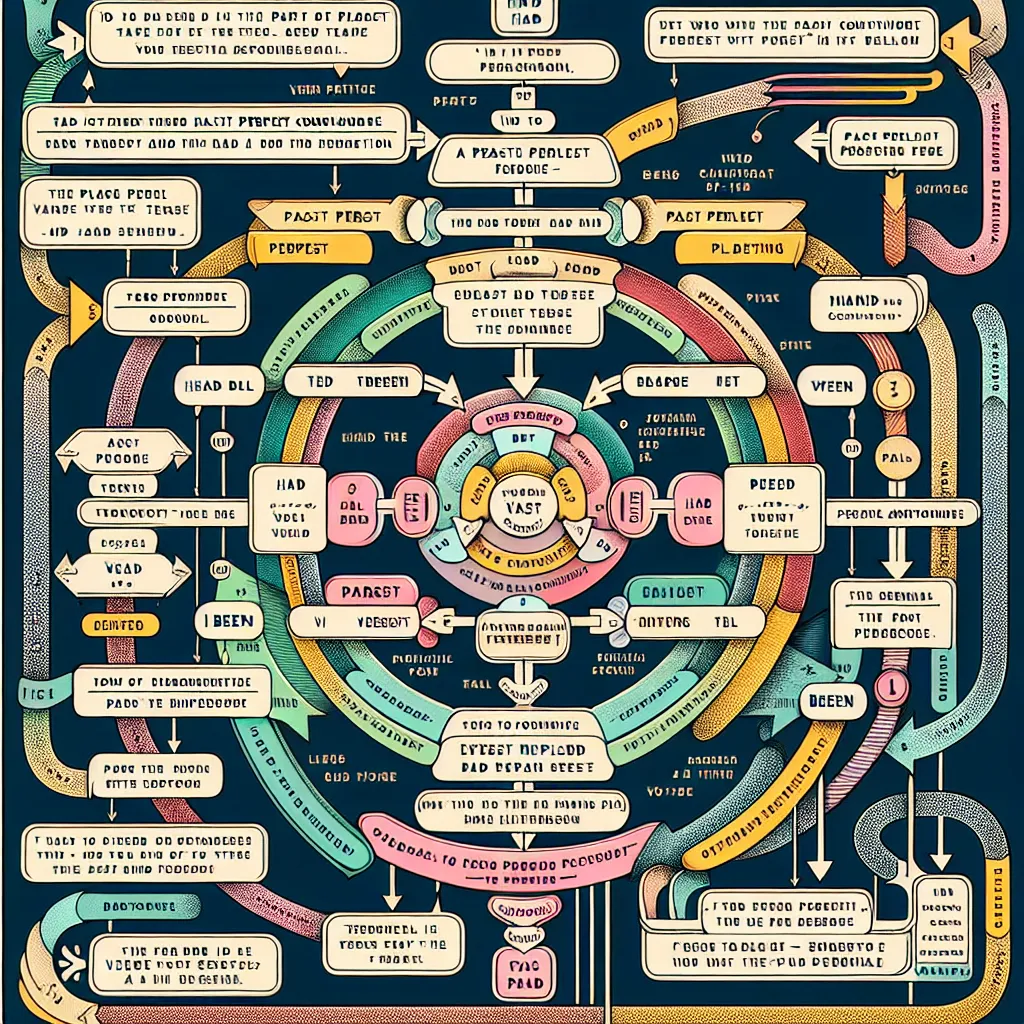The Past Perfect Continuous Passive is a complex grammatical structure that often appears in IELTS exams, particularly in the Reading and Writing sections. Understanding and using this tense correctly can significantly boost your IELTS score. Let’s delve into its intricacies and explore how to apply it effectively in your IELTS preparation.
Understanding the Past Perfect Continuous Passive
The Past Perfect Continuous Passive is used to describe an ongoing action that had been happening before another action in the past. It emphasizes the duration of the action and is often used to show cause and effect relationships in past events.
For example:
- The road had been being repaired for six months before the accident occurred.
- By the time the manager arrived, the project had been being worked on for several hours.
- The new policy had been being implemented for weeks before the employees fully understood it.
In these sentences, the bolded parts represent the Past Perfect Continuous Passive structure. They all indicate actions that were ongoing before another past event.

Formula and Grammar Rules
The formula for the Past Perfect Continuous Passive is:
Subject + had + been + being + past participle + (for/since + time)
It’s crucial to remember that this structure combines several elements:
- The past perfect aspect (had + been)
- The continuous aspect (being)
- The passive voice (past participle)
Let’s break down a sentence to understand its components:
“The house had been being painted for three weeks before we moved in.”
- had been: past perfect auxiliary
- being: continuous aspect
- painted: past participle of the main verb
- for three weeks: duration of the action
Application in IELTS Writing
Using the Past Perfect Continuous Passive effectively in your IELTS Writing task can demonstrate a high level of grammatical proficiency. Here are some examples of how you might incorporate it:
Task 1 (Academic)
When describing processes or changes over time:
“By 2010, the old factory had been being demolished for two years, as shown in the graph. This prolonged demolition process had a significant impact on local employment rates.”
Task 2
In argumentative essays or when discussing historical events:
“Environmental regulations had been being debated for decades before concrete actions were taken. This delay in implementation has had lasting consequences on our planet’s ecosystems.”
Enhancing Your IELTS Score
To achieve a higher band score in IELTS, it’s not enough to simply use complex structures like the Past Perfect Continuous Passive. You must use them accurately and appropriately. Here’s how different band scores might use this structure:
-
Band 6: Might attempt to use the structure but with errors.
“The book had been reading for hours.” (Incorrect) -
Band 7: Can use the structure correctly but may not always use it when appropriate.
“The book had been being read for hours before the power went out.” -
Band 8-9: Uses the structure accurately and appropriately, demonstrating full control.
“The controversial novel had been being discussed in literary circles for months before it was officially banned by the government.”
Common Mistakes to Avoid
-
Confusing with Active Voice:
Incorrect: “They had been being built the bridge for two years.”
Correct: “The bridge had been being built for two years.” -
Omitting ‘being’:
Incorrect: “The car had been repaired for hours.”
Correct: “The car had been being repaired for hours.” -
Using with stative verbs:
Incorrect: “The painting had been being owned by the museum for centuries.”
Correct: “The painting had been owned by the museum for centuries.” -
Overuse:
Remember, while this structure showcases advanced grammar, overusing it can make your writing feel unnatural. Use it sparingly and when it truly adds value to your expression.
Conclusion
Mastering the Past Perfect Continuous Passive can significantly enhance your IELTS performance, particularly in the Writing and Speaking sections. Practice using this structure in context, focusing on accuracy and appropriateness. Remember to balance its use with other tenses and structures to maintain natural, flowing English.
For further practice, try incorporating this tense into descriptions of long-term historical processes, discussions about prolonged past actions with present results, or when explaining the background to past events in your IELTS essays and speaking responses.